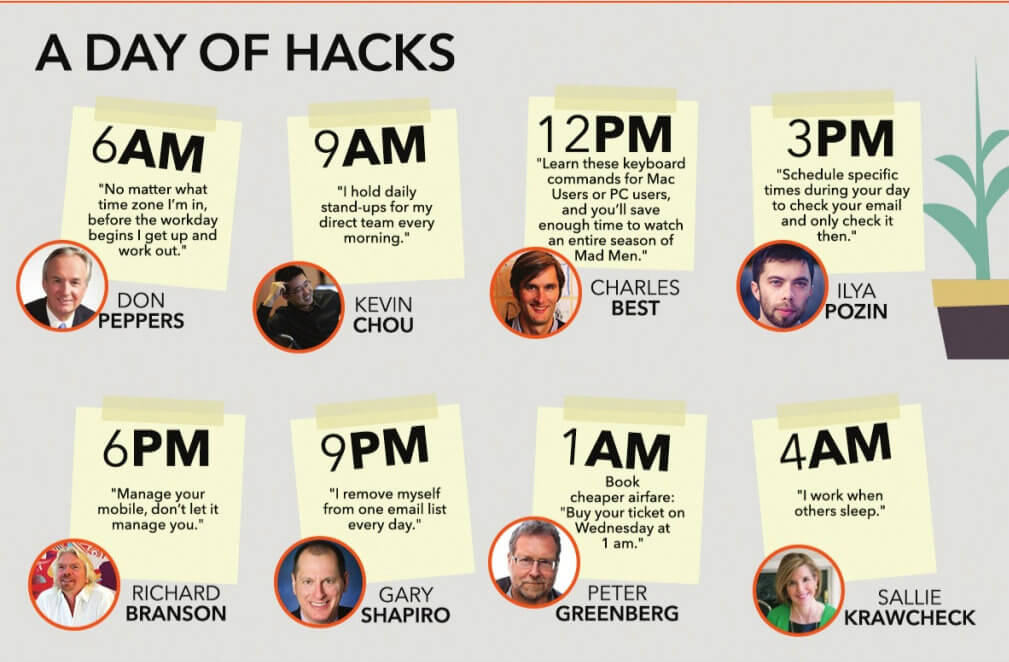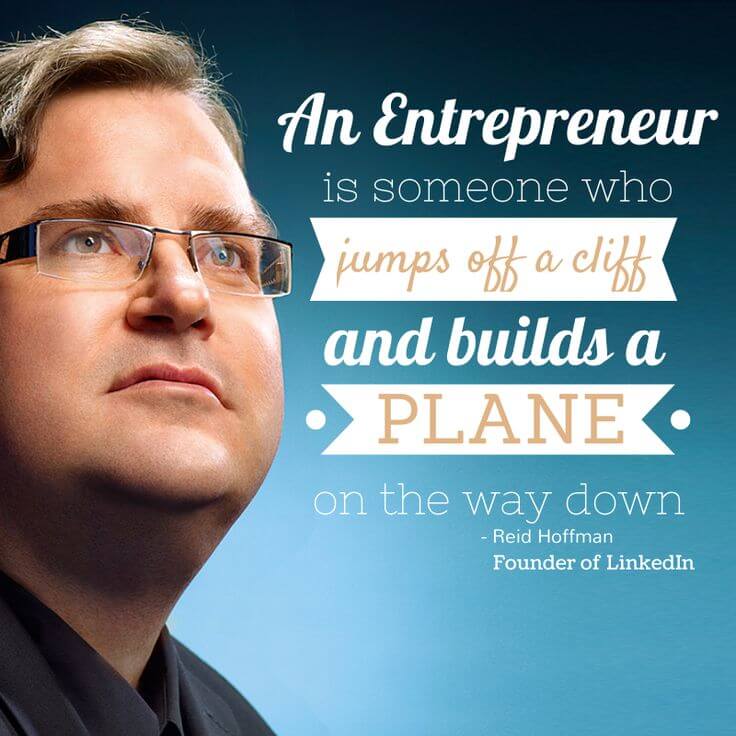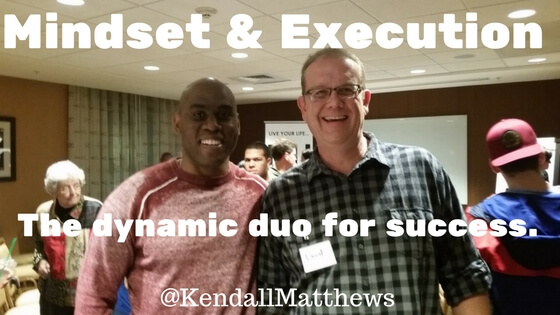[fusion_builder_container hundred_percent=”yes” overflow=”visible”][fusion_builder_row][fusion_builder_column type=”1_1″ background_position=”left top” background_color=”” border_size=”” border_color=”” border_style=”solid” spacing=”yes” background_image=”” background_repeat=”no-repeat” padding=”” margin_top=”0px” margin_bottom=”0px” class=”” id=”” animation_type=”” animation_speed=”0.3″ animation_direction=”left” hide_on_mobile=”no” center_content=”no” min_height=”none”][fusion_dropcap color=”#1e73be” boxed=”no” boxed_radius=”8px” class=”” id=””]T[/fusion_dropcap]here are 168 hours in each week. Nobody gets more, and nobody gets less. But after each week, many CEOs wonder where all that time went.
In fact, a 2014 survey of C-level executives found that most couldn’t account for an average of three hours every day. And each executive spent around five hours per day either emailing or in meetings, and more than half spent more time working on others’ projects than their own.
I know what that feels like. As a global marketing vice president, I’ve learned that if I don’t run my business, my business will run me. So I developed a time management technique called STR. Every day, I spend a total of one to two hours on each of three focal points: strategy, training, and revenue.
To make time for this, I have to be disciplined about what I do with my time. If you end your days unsure of where the time went, following my approach can help you maximize efficiency and spend more time focused on growth.
Here’s how I’ve learned to manage my time:
1) Make yourself less available.
Many executives don’t feel like they’re in control of their own schedules because they believe the myth that a leader should always be available. Take back control by saying “no” more often. Instead of jumping to the rescue every time there’s a crisis, empower your employees to solve their own problems.
If someone asks me for an hour-long meeting, I schedule 30 minutes instead. We can almost always cover the material in less time. When I’m not in a meeting, I often play a game of “Where’s Waldo” by hiding in the IT or sales departments.
Not surprisingly, employees tend to figure out how to solve problems when I’m not around to fix them.
2) Step away from the inbox.

[/fusion_builder_column][fusion_builder_column type=”1_1″ background_position=”left top” background_color=”” border_size=”” border_color=”” border_style=”solid” spacing=”yes” background_image=”” background_repeat=”no-repeat” padding=”” margin_top=”0px” margin_bottom=”0px” class=”” id=”” animation_type=”” animation_speed=”0.3″ animation_direction=”left” hide_on_mobile=”no” center_content=”no” min_height=”none”][bctt tweet=”Spending two and a half hours a day emailing leaves little time to focus on strategy, training, and revenue.”]
When you check your email less often, you avoid the expectation that you’re always on call. You also increase your own productivity by reducing interruptions.
I only allow myself to check email three times a day, and I never check it early in the morning. Refreshing your inbox can be addictive, so if you struggle to break your email habit, consider getting an app such as SelfControl or ColdTurkey. These tools will keep you from becoming your own worst enemy.
3) Focus on STR.


Once you make time to focus on growth, you can break down your time according to STR. Aim to spend at least an hour a day on each area: strategy, training, and revenue. I like to keep my day flexible, so I use Promodroido, a time-chunking tool, to mark each segment and track how I’m spending my time.
For me, a typical day might start with a revenue-producing activity, such as writing copy, researching split-testing methods, or considering ways to optimize customer value. Then at midday, I might focus on training by having lunch with an employee. This face-to-face time builds the kind of long-term relationships Learn about Reid Hoffman advocates in his book, The Alliance: Managing Talent in a Networked Age.
Later in the afternoon, I might seclude myself to focus on strategy through visualization exercises. I often pretend Warren Buffett is grilling me because this forces me to answer tough questions and make actionable plans.
Using the STR time management approach helps me focus more on the things that really matter to my company. At the end of each day, I know what specific tasks I’ve accomplished, and at the end of each month, I can point to tangible results.
Even better, I’m less stressed, and I enjoy my days more.
Try this little challenge: Go to the drugstore and take your blood pressure. Then start practicing these techniques. Make yourself less available, step away from the inbox, and focus on strategy, training, and revenue.
After a month, return to the drugstore, and check your blood pressure. I’m confident you’ll see improvement in both your blood pressure and your company’s bottom line.
You’ll be amazed how much growth you see when you start focusing on, well, growth.





